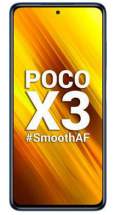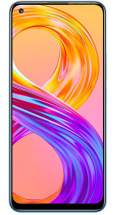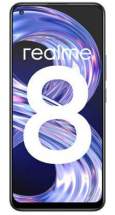What is Software ecosystem of Apple and Google
Author: MobileGizmo-Team , Date : 22-May-2019
What is Apple's ecosystem?
They have their own operating system (iOS) based on BSD OS, SDK, Swift language, LLVM, their frameworks, Webkit API, and more. These different classes of software tools and tools are called "software stacking".

What distinguishes Apple is that it has a full range of software class from applications to specialized devices. It has great advantages because it can be improved vertically across different layers. Many specific improvements can be made to their own devices. That's why the Apple app runs smoothly even though its device specifications are not as advanced as the major Android phones.
What is the Android ecosystem?
Now let's take a look at the Android software group mess. In contrast, Google Android follows a completely different way than Apple. Wants to support Android apps on all devices and devices. The layers are "horizontal" but not vertically integrated like Apple.

A variety of target device capabilities Google is running Dalvik VM (or ART) and Timely Complexity (JIT) devices to support its applications. So the Android apps you've downloaded from the Google Play app store are actually "medium" bytes.
When you run your app on Android phones, Android runtime must detect any type of device and set up all the resources it needs. They can then translate online from the argument to the original device icon in Virtual Machine. The virtual machine looks like a "condom" if you know what I'm saying.
Class and class library
These applications are written according to the APIs provided by Google's application frameworks or third-party libraries and databases. These run-time libraries are updated in each Android patch, such as Android Pie or Android Q. Next
The irony is that only a small percentage of devices carry the latest version of Android. Worse still, each API update can be compatible only on a small set of Android devices.
So, even if Google stops working with Huawei for the next Android Q release. Updates are still a small part of Android devices. Most people do not care about the version they use. Huawei can still use the old version of Android if it is really desperate.
Kernel layer
For the bottom layer, Android runtime and virtual machines must interact with the operating system or Linux kernel to access device capabilities such as playback, memory, network, and file system management. This is an open source Linux kernel largely because it holds GPL licenses. So that everyone including Huawei can use this service.
Mobile Phone Specifications

Samsung Galaxy M33 5G
US$ 275 INR₹ 19000

Tecno Spark 8 Pro
US$ 159 INR₹ 11000

Tecno Spark 8T
US$ 138 INR₹ 9500

Tecno Spark Go 2022
US$ 109 INR₹ 7500

Xiaomi 12X 5G
US$ 551 INR₹ 38000

Tecno Spark 8 Pro
US$ ∞ INR₹ ∞

Xiaomi 12X 5G
US$ ∞ INR₹ ∞

Vivo iQOO U5 5G
US$ ∞ INR₹ ∞

Vivo S12 Pro 5G
US$ ∞ INR₹ ∞

Vivo S12 5G
US$ ∞ INR₹ ∞

Samsung Galaxy M12
US$ $159 INR₹ ₹11000

Realme Narzo 30 Pro 5G
US$ $246 INR₹ ₹17000

Xiaomi Poco X3
US$ $275 INR₹ ₹19000

Oppo F17 Pro
US$ $290 INR₹ ₹20000

Samsung Galaxy A51
US$ $326 INR₹ ₹22500

OnePlus 8T Plus 5G
US$ $797 INR₹ ₹55000

OnePlus 9R 5G
US$ $580 INR₹ ₹40000

Realme 8 Pro
US$ $261 INR₹ ₹18000

Xiaomi Redmi Note 10 Pro Max
US$ $275 INR₹ ₹19000









